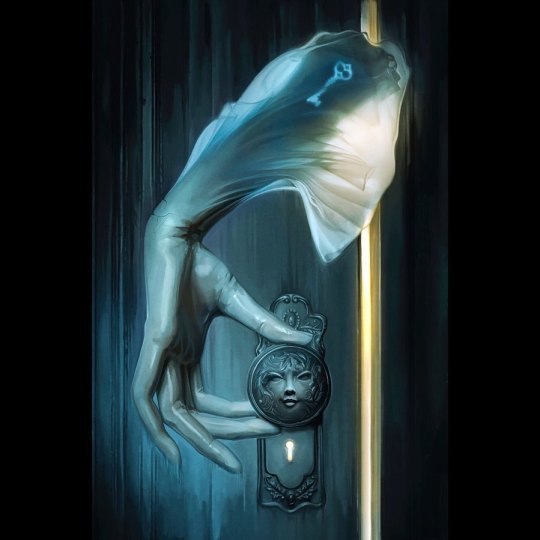Photo
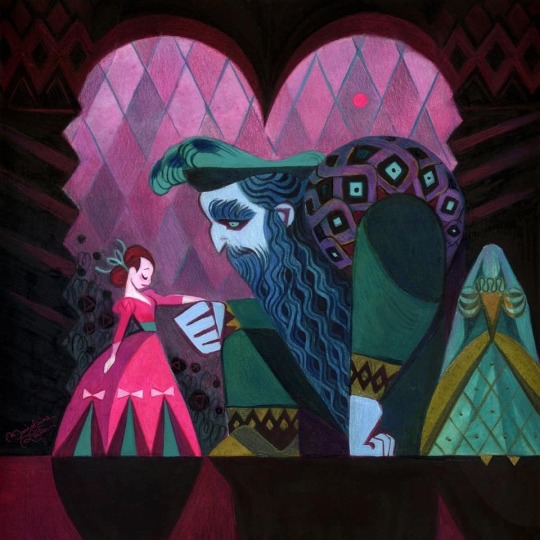


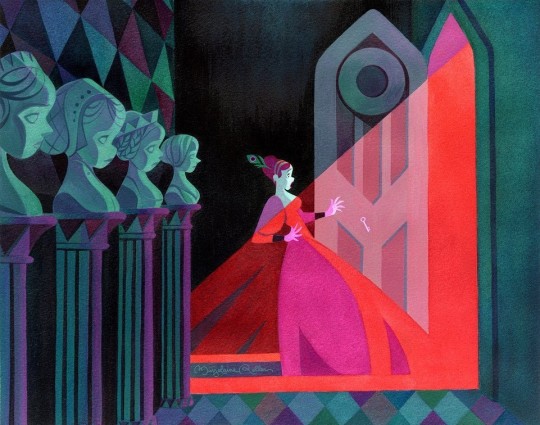
42K notes
·
View notes
Text
“There are some eyes that can eat you.”
— Angela Carter, from The Bloody Chamber and Other Stories; “The Erl-King”
18K notes
·
View notes
Text

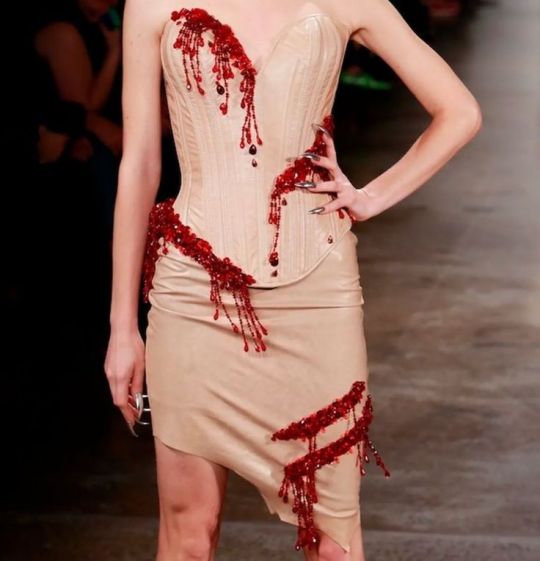





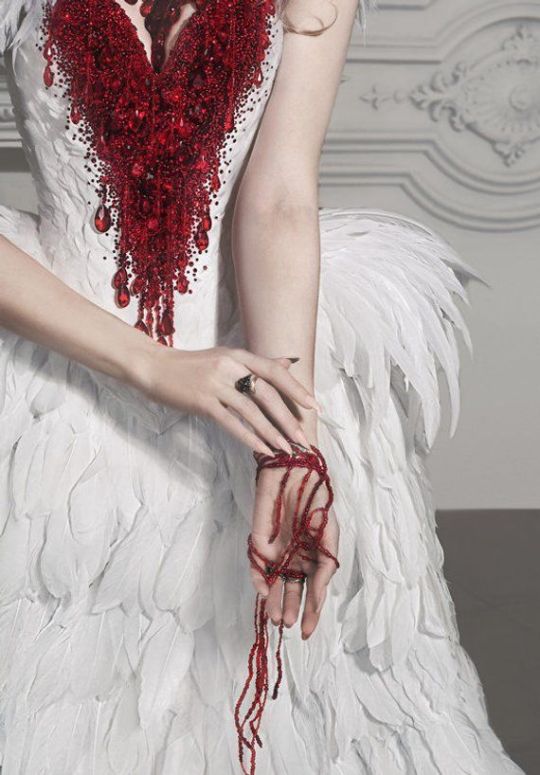
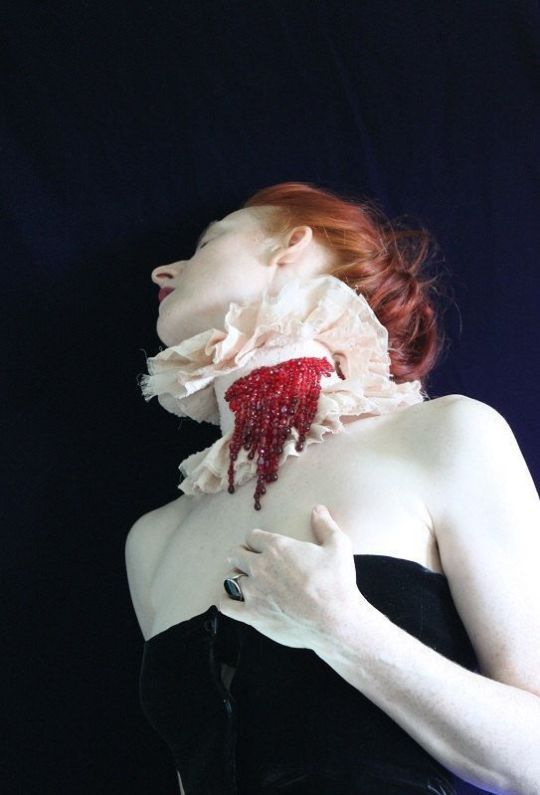

redid my old "attire with jewels made to look like you're bleeding" post
14K notes
·
View notes
Text
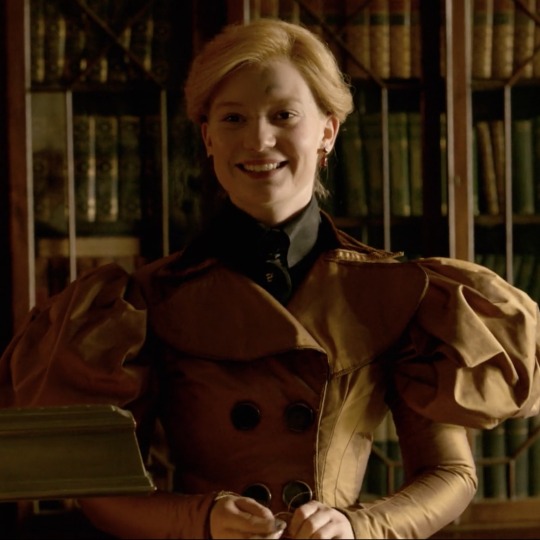
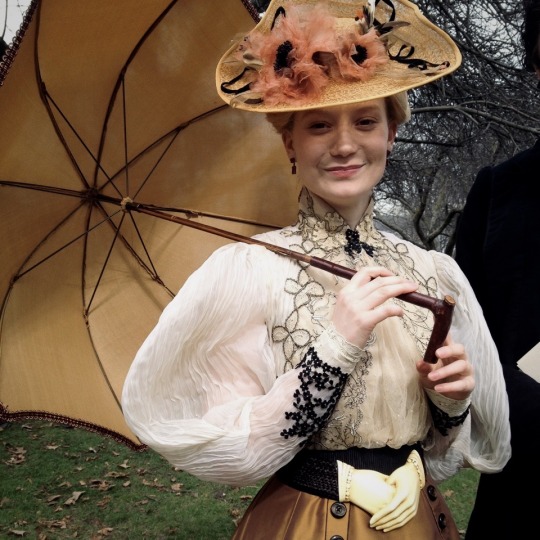

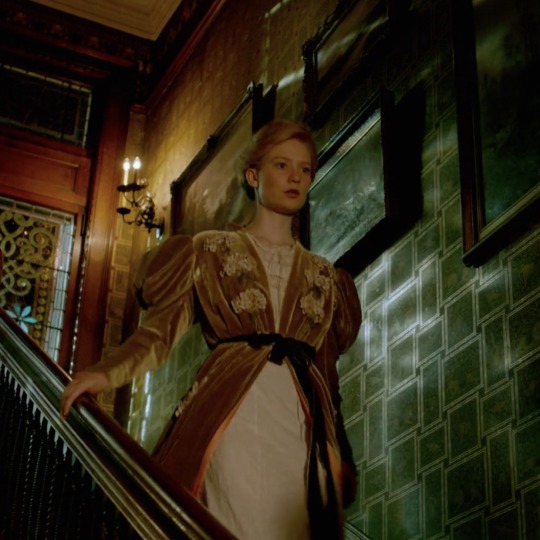


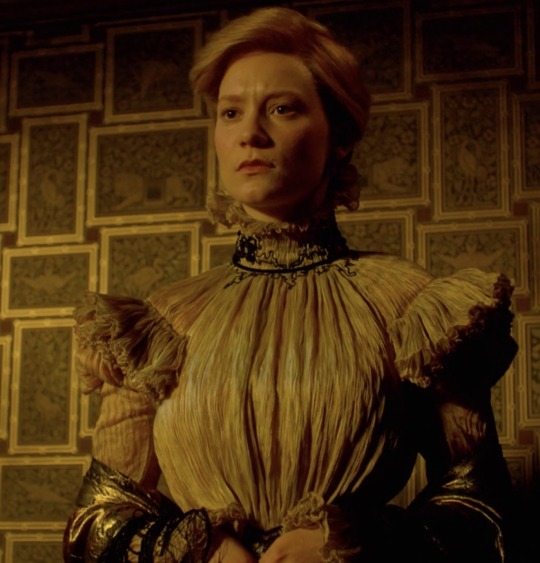

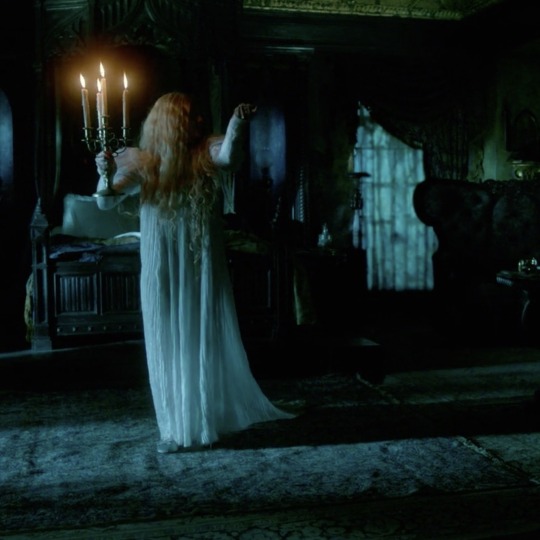

Edith’s Costumes in Crimson Peak (my favorite is the nightgown)
515 notes
·
View notes
Text
“[Gothic novels] are about women who just can’t seem to get out of the house.”
— Eugenia C. DeLamotte, Perils of the Night
(via desaparecidos)
5K notes
·
View notes
Photo

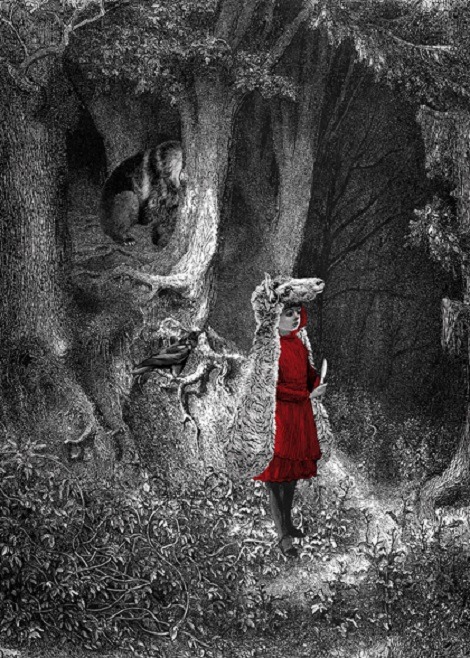

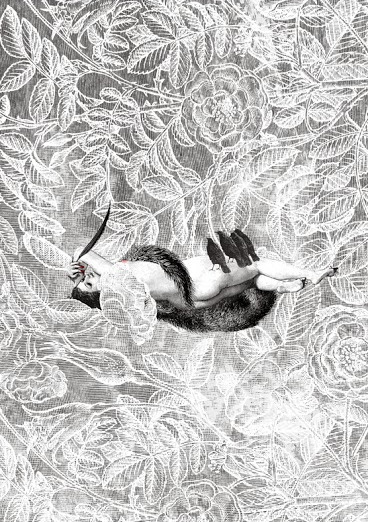

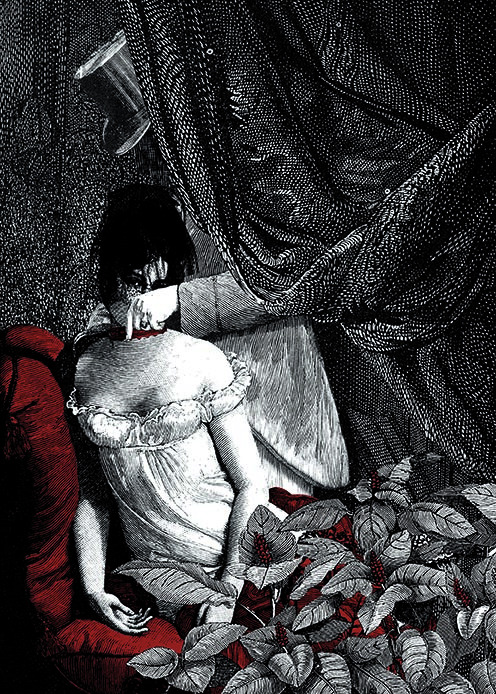
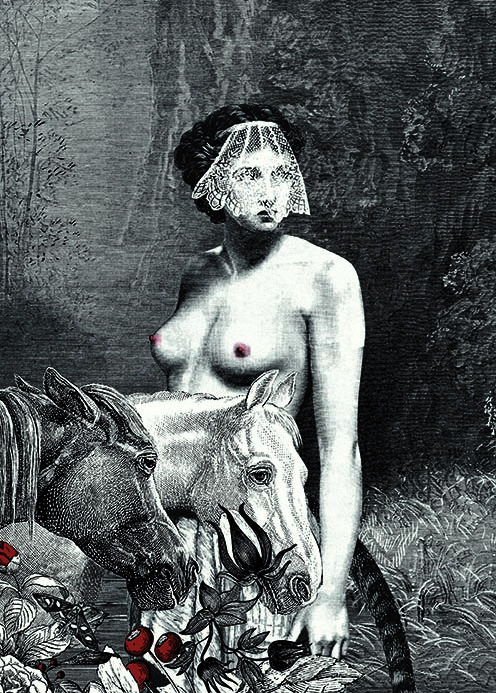
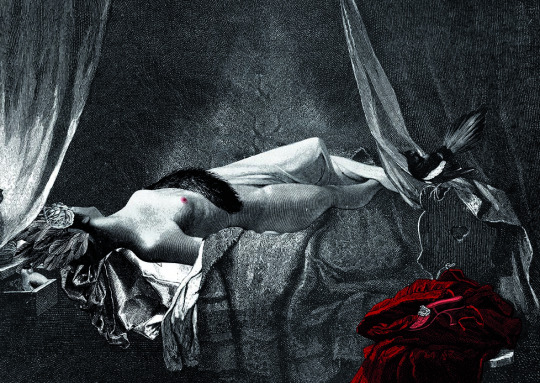
Angela Carter's The Bloody Chamber and Other Stories (Spanish edition: “La cámara sangrienta” · Publisher: Sexto Piso, 2014)
Collage illustrations by Alejandra Acosta.
2K notes
·
View notes
Photo
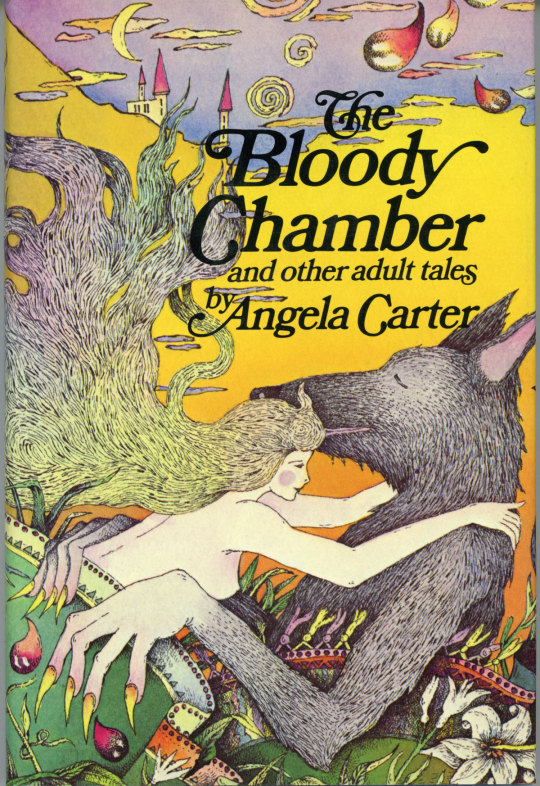



Old covers for Angela Carter’s The Bloody Chamber.
486 notes
·
View notes
Text
the myth of persephone is about the trauma of the separation of mothers and daughters by marriage and this is the hill i will die on
#the bloody chamber#the trauma of mothers and daughters!! can't believe i'm just reading this now#persephone
73K notes
·
View notes
Text


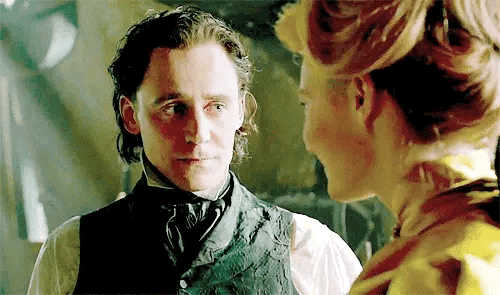



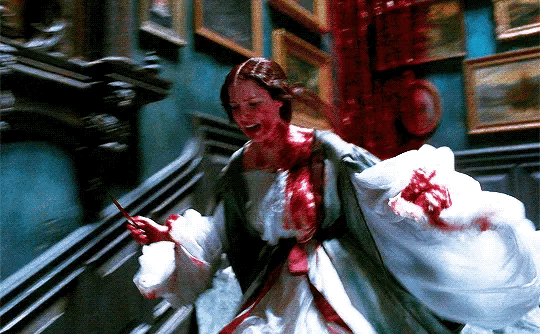


Crimson Peak (2015)
415 notes
·
View notes
Text
“I often describe poems as little systems of restraint and release. The prioritizing of, say, noun clauses over verbs, withholding the action, the crux of the sentence, establishes a power structure—though which has more power, the prioritized noun or the verb shrouded in mystery? It’s a bit like the ambiguity that hovers over the power dynamic in BDSM—who actually has power, and who just appears to?”
— Carl Phillips, interviewed by Rick Barot for The Art of Poetry No. 103 (via bostonpoetryslam)
119 notes
·
View notes
Text


SGKSGKSGK MA’AM
25K notes
·
View notes
Photo
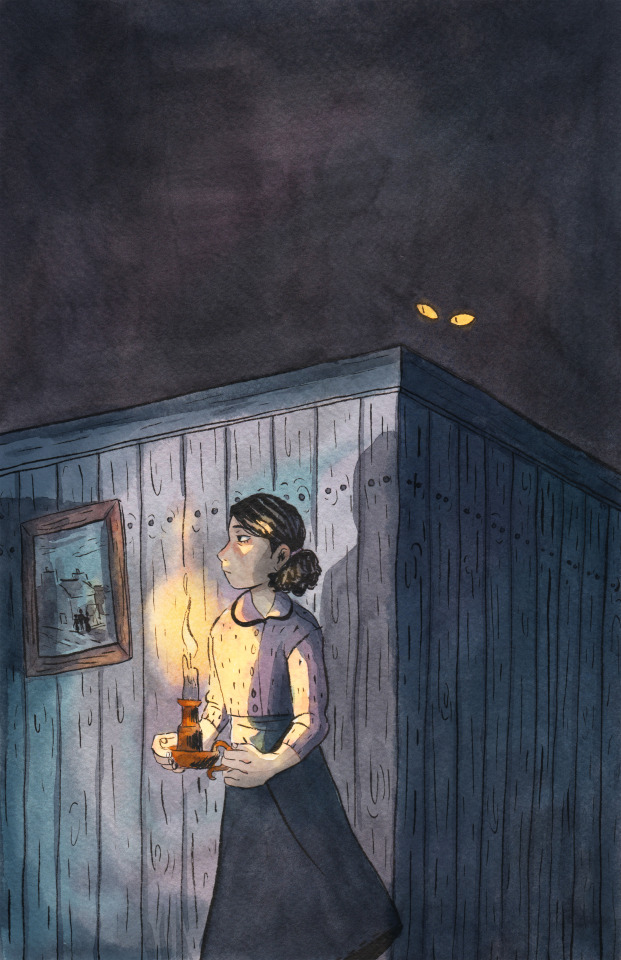
a little something I did for class!
ps, hello new followers. I love you all, and we’re now friends.
87 notes
·
View notes
Text

For Gothic Heroines, Haunted Houses Are Always Too Big, Jane Healey
11K notes
·
View notes
Photo








Angela Carter's The Bloody Chamber and Other Stories (Spanish edition: “La cámara sangrienta” · Publisher: Sexto Piso, 2014)
Collage illustrations by Alejandra Acosta.
2K notes
·
View notes
Text
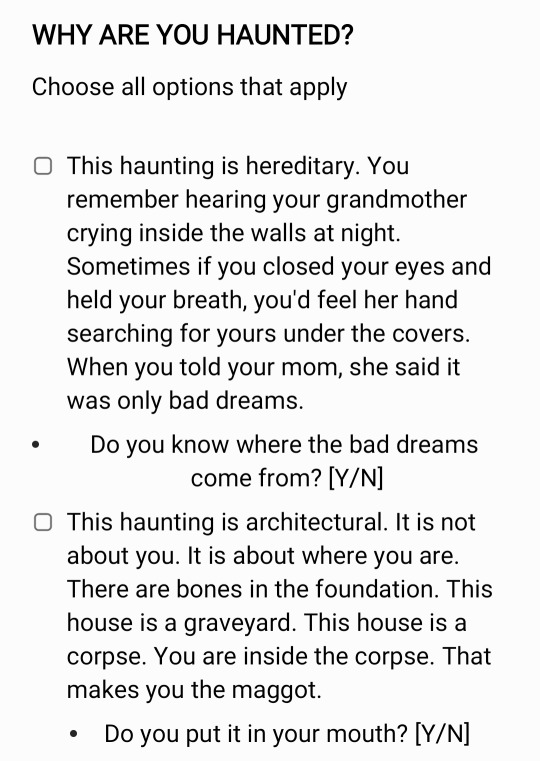



WHY ARE YOU HAUNTED?
A survey
51K notes
·
View notes
Photo
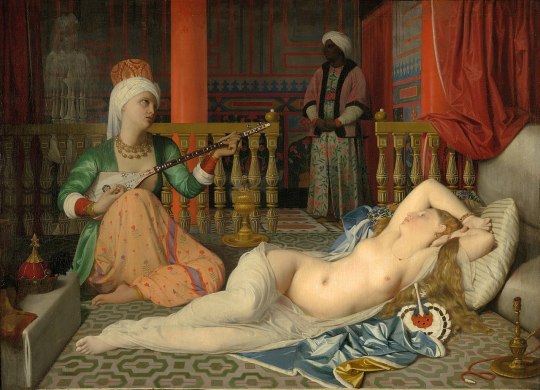
Odalisque with Slave, 1839, by Jean Auguste Dominique Ingres (1780-1867)
Why Victorians Went Crazy for Orientalism
During the period of feverish obsession with Orientalism, European artists and art lovers looked towards what they dubbed the “East” - aka the “Orient.” The Victorians weren’t overly specific, as this region actually spans many distinct territories and cultures over the Middle East, North Africa, and West Asia. They all did have one sure thing in common however, their “otherness.” They were decidedly different from European culture and while the obsession of the Orient has stretched quite far back in history (and I mean centuries before), we’re going to focus on how and why the Victorians in particular went crazy for it - particularly their obsession with the Ottoman Empire.
The idea of the “Orient” often sets the scene in one’s mind as slave markets, snake charmers, women either dressed in too much clothing or none at all, the hustle of markets and harems, as ‘Arabian Nights’ from Disney’s Aladdin plays in the background. These are just some of the stereotypes which continue to dominate much of the region(s) rich cultures and histories. Provocative, erotic, and exotic.
Power and Obsession
Society at this time held an appreciation of the complex architecture, but often little else, interested only in what the artists could portray as consumable to an audience - whether it was an accurate representation or not.
They largely pushed the view of East civilizations “otherness” through unrealistic portrayals of its people. Clearly all Arab men were snake charmers or slave traders, and all women were poor sexy slaves or… sexy slaves with slightly more luxurious lifestyles - “sexy slave babes” as Lindsay Ellis playfully coins in her video essay ‘The Most Whitewashed Character In Literary History.’ It largely represented these cultures stereotypes or fantasies from the Victorians outside perspectives.
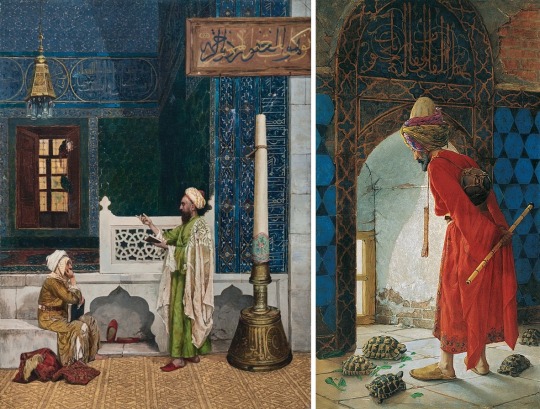
For example, look at the amazing care Osman Hamdi Bey, an artist actually born within the Ottoman Empire, took in portraying the architecture and lettering within ‘Reading the Quran,’ and ‘The Tortoise Trainer.’

While Jean-Léon Gérôme’s painting ‘The Snake Charmer’ isn’t as grounded in reality.
These portrayals, which didn’t just occur in visual art but also frequently in literature and the World’s Fair, created a narrative in which the Western control of the East made them civilized and justifying that good ol’ colonial spirit.
Breaking the Nude Rules
Nudity was a big thing for the Victorians. Today we regard them as shrewds scared of showing their ankles, but they went nuts for scandal and drama. Traditionally in Victorian art, nudity had to hold a purpose in order to be deemed acceptable. This included requirements such as depicting mythological or allegorical figures. Then entered ‘Orientalism’ and with it an exception to the rule, where they could view as many naked sexy slave babes that they wanted! Orientalism was an exception to the Nude Rules within Victorian society, and Orientalist artists milked it. Depictions of harems within Victorian art could vary greatly, from some showing it as a more domestic space for women, to others dialed up the exotic and erotic to 100.
When seeing how the Harem was depicted in art by men in particular isn’t all that surprising, as it was the unrealistic portrayal of what was essentially the equivalent to an exotic form of an all-girls sleepover, equipped with nothing but pillows. In short, it was pure fantasy. This is largely due to the fact that men weren’t actually allowed in harems. Going back to Ellis’ video essay, these 19th century European men of course struggled with the “why can I not have the thing?” mentality, and so were naturally inclined to go off nothing but their sexy, sexy fantasies.
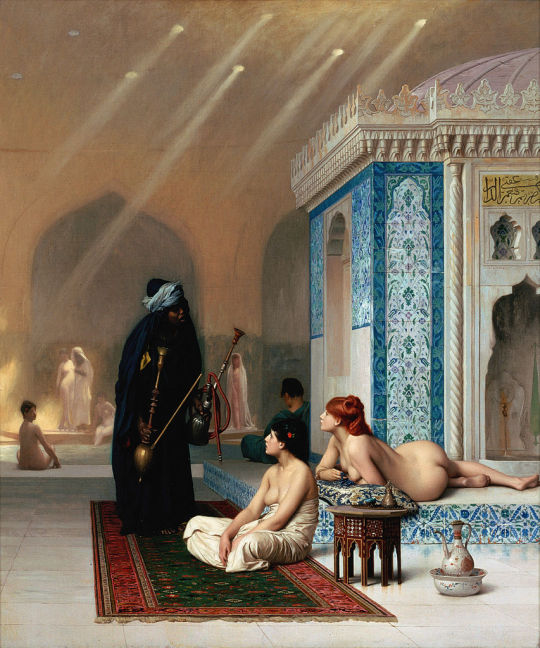
For example, let us view the harem through the male gaze with Jean-Léon Gérôme’s ‘Pool in a Harem,’ painted in the 1870s.

In comparison is Henriette Browne’s 1860 painting titled ‘A Visit: Harem Interior, Constantinople.’
Beautiful but Problematic
Orientalism, since the publishing of the famous ‘Orientalism’ by Edward Said, has been dubbed inherently racist by many. Many depictions were for sure inspired by colonialism and the want to patronising-ly differentiate civilizations. Adam Shatz in his article ‘Orientalism, Then and Now’ suggests that this hasn’t ended with the Victorians:
“Orientalism is still with us, a part of the West’s political unconscious. It can be expressed in a variety of ways: sometimes as an explicit bias, sometimes as a subtle inflection, like the tone color in a piece of music; sometimes erupting in the heat of argument, like the revenge of the repressed. But the Orientalism of today, both in its sensibility and in its manner of production, is not quite the same as the Orientalism Said discussed forty years ago.”
- Adam Shatz, The New York Review of Books
The Victorians undoubtedly fetishized these cultures in the guise of documenting the culture. And these stereotypes continue to persist to this day. On the site for ‘Reclaiming Identity: Dismantling Arab Stereotypes,’ it’s described how these views contribute to a larger (and inaccurate) view of the Middle East:
“‘Orientalism’ is a way of seeing that imagines, emphasizes, exaggerates and distorts differences of Arab peoples and cultures as compared to that of Europe and the U.S. It often involves seeing Arab culture as exotic, backward, uncivilized, and at times dangerous.”
- arabstereotypes.org
Orientalist artists no doubt made visually stunning works of art, but delving deeper into identifying what makes them more fantasy than reality and the repercussions that came from that is far more important. These works often took away what made the cultures of these regions unique and interesting in order to push their own narrative, and push a consumer trend. When again looking at an orientalist piece perhaps ask yourself what aspects the artist is portraying; reality or fiction?
11K notes
·
View notes
